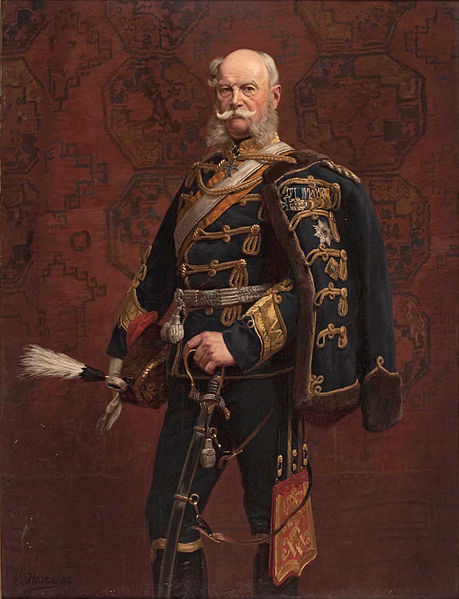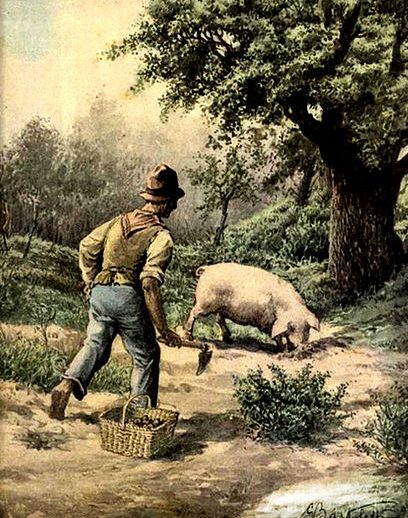The discovery of truffles was by chance and began in the early 1880s, when the King of Prussia commissioned one of the world’s leading forest biologists, Professor A. B. Frank of the Landwirtschaftlichen Hochschule in Berlin to study truffles. These highly prized delicacies are the below ground fruiting (spore forming) body of a rare type of aromatic fungus found in some hardwood forests of Western Europe. Then, as now, truffles are sold at incredibly high prices because of their rarity, their unique aroma and delicate flavor. The hope of the Prussian government was that Frank would develop a way to produce truffles on a commercial scale, like the common grocery store mushroom, which is the above ground fruiting body of another type of fungus. Professor Frank failed at coming up with a commercial method for cultivation of mycorrhizae.
There are two edible species-black (Tuber melanosporum), native to Germany, France, and Spain, and white (T. magnatum), found in northern Italy. Both types are still extremely rare and sought after for their culinary qualities since Roman times.
The black “Perigord” truffle was hunted down in the 15th century France using trained, muzzled pigs that could sniff out the truffles. The highly competitive “truffle hunters” of today, or “truffiers” as they are called in France, roam their secret forest haunts with trained dogs instead of pigs, but little else has changed.
Man and their trained animals aren’t the only truffle hunters – voles and other rodents seek them out by smell, and spread the spores as they take the truffles back to their underground burrows. What Frank did discover launched a century’s worth of research, the results of which we are only now beginning to fully appreciate. “We should all fail so nobly,” as Michael Allen, one of today’s leading mycorrhizal researchers put it.
Tales From The Underground: A Natural History of Subterranean Life by David Wolfe, Ch. 5.
Short Stories on Honor, Chivalry, and the World of Nobility—no. 575













